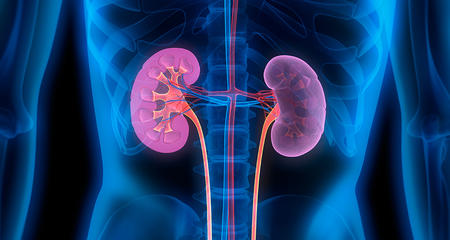Metabolic syndrome, which affects about 50 million Americans, is a cluster of metabolic risk factors that increases a person's risk of coronary artery disease and other related conditions such as stroke, peripheral vascular disease, and type 2 diabetes. Other associated factors include physical inactivity, aging, hormonal imbalance and genetic predisposition.
These include:
- Abdominal obesity (excessive fat tissue in and around the abdomen)
- Blood fat disorders—high triglycerides, low HDL cholesterol and high LDL cholesterol—that foster plaque buildup in artery walls
- High blood pressure
- Insulin resistance or glucose intolerance (the body can’t properly use insulin or blood sugar)
- Prothrombotic state (e.g., high fibrinogen or plasminogen activator inhibitor–1 in the blood)
- Proinflammatory state (e.g., elevated C-reactive protein in the blood)
The dominant underlying risk factors for metabolic syndrome appear to be abdominal obesity and insulin resistance. Insulin resistance is a generalized metabolic disorder in which the body can’t use insulin efficiently. This is why metabolic syndrome is also called insulin resistance syndrome.
Diagnosing Metabolic Syndrome
The American Heart Association and the National Heart, Lung and Blood Institute recommend that metabolic syndrome be identified as the presence of three or more of these components:
- Elevated waist circumference: men—equal to or greater than 40 inches (102 cm.); women—equal to or greater than 35 inches (88 cm.)
- Elevated triglycerides: equal to or greater than 150 mg/dL
- Reduced HDL (“good”) cholesterol: men—less than 40 mg/dL.; women—less than 50 mg/dL)
- Elevated blood pressure: equal to or greater than 130/85 mm Hg
- Elevated fasting glucose: equal to or greater than 100 mg/dL
Blogs, Patient Stories, Videos and Classes





